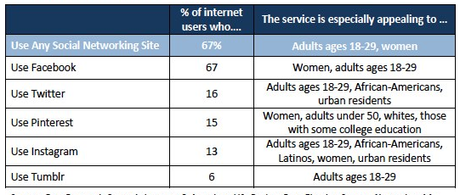The actor James Franco has done an interesting brief essay on the meaning of "selfies", photos of himself reporting what he is doing relayed via Instagram. (Tumblr, Facebook, Pinterest, Twitter, Snapchat, and others, are other common routes for selfies.)
...the self-portrait is an easy target for charges of self-involvement, but, in a visual culture, the selfie quickly and easily shows, not tells, how you’re feeling, where you are, what you’re doing….I am actually turned off when I look at an account and don’t see any selfies, because I want to know whom I’m dealing with. In our age of social networking, the selfie is the new way to look someone right in the eye and say, “Hello, this is me.”…We all have different reasons for posting them, but, in the end, selfies are avatars: Mini-Me’s that we send out to give others a sense of who we are.I feel a complete aversion to the idea of advertising my daily life by posting pictures of myself as I move through a day. It seems a violation of my privacy, a threat to periods of solitude and being alone that I value, and I wonder if this is a character trait that is increasingly rare in the millennial generation, which seems to have a fear of being alone. … and this prompted me to do a cursory survey of the demographics of the users of some of these sites. I am not surprised to find that at age 71 I am on the much older side of a generational gap in behavior. One quickly finds that 90% of the 150 million people who are active on instagram are under the age of 35, urban, with a significant skew towards women. Facebook (which owns instagram) users are clustered in the 25-34 and over 55 age range. A table reported from the Pew research center shows the fraction of internet users who use various social networking sites.


